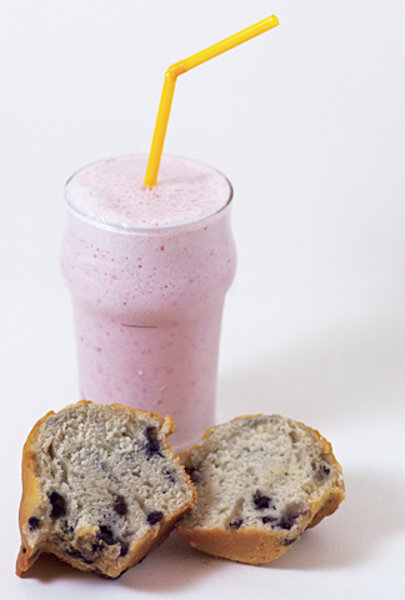Milkshake diplomacy
Loading...
How do you explain what an ambassador's job is?
That's a tough one. My 8-year-old knows what police officers do, or at least what they are supposed to do: He sees them on the streets of his homeland Zimbabwe often enough. Ditto for teachers, shop clerks, and TV anchors.
Sam also knows about geologists: Living not far from Zimbabwe's Marange diamond fields, he has looked longingly at giant earthmovers by the side of the highway and has seen from the top of the hill the plush hotel built by one of the Chinese-run mining companies, glowing eerily white at dusk. In this part of the country, you can even buy tiny diamond-weighing scales in the drugstore – irresistible to small boys.
What a diamond miner does isn't hard to understand. But the ambassador of a foreign country?
Sam came back from school with big news one day. "Connor says the ambassador came to Karen's Kitchen," he announced excitedly. Connor is one of Sam's playmates; his mother works at Karen's Kitchen, a small cafe in Mutare. Which ambassador?
"The ambassador of the United States," Sam said importantly. "And he ate a muffin and a milkshake. And Connor saved his straw."
Sam couldn't stop talking about Ambassador Charles Ray's visit. Mr. Ray was the US ambassador to Zimbabwe until he stepped down in July after a three-year stint. He had a reputation of being supremely approachable, interacting happily with Zimbabweans on and off the Web.
Sam and Connor didn't know that. Connor was just happy to have The Straw, said Sam, who was irritated when I dared suggest there may have been more to the envoy's trip to Mutare than milkshake-tasting (such as opening an American corner in the local library).
"That's what ambassadors do, Mum," he said impatiently. "I'm going to write about it on my blog."
Sam hadn't posted on his blog before. In one of my hurried attempts to remedy the lack of computer lessons in school, I'd taught him what a blog is. We'd even written – haltingly – a couple of draft posts. That morning, Sam cobbled together a few sentences about Ray's visit:
"The American ambassador came to Mutare on Wednesday 7th March. His name is Charles Ray. He went to Karen's Kitchen. The only things he had was a muffin and a milkshake. Now I know what ambassadors do: they go round the world going to restaurants tasting milkshakes. My mum says they also donate things. My friend Connor has proof that he came because he has got Ambassador Ray's straw." I hit "publish."
Months passed. Sam lost interest in his blog. Often there was no electricity on the days he thought he'd like to write another post. No matter, I thought: There will be opportunity enough for sharing his thoughts when he is older. If he's not too busy becoming a diamond miner or a confectionery chef, that is.
But then one morning my husband hurried home from his office. He had been monitoring Twitter. We follow Ambassador Ray, who's an avid Twimbo, as those who tweet from Zimbabwe are known. The ambassador had posted a link to a post titled "An Important Visitor." My husband thought he recognized the blog address.
Sure enough: Underneath Sam's blog post, we found two comments:
"The muffin and the milkshake were delicious."
"By the way, next time I'm in Mutare, I'd be happy to autograph the straw."
Sam was delighted. I was pleased, too – that lesson in blogs and online interactivity had paid off. And now Sam knew what ambassadors do.
I checked last night, turning to my child in the wood smoke-scented air as we hurried into our candlelit kitchen. "Sam, what does an ambassador do?"
"He goes round the country eating muffins and having milkshakes," Sam said. He grinned.







